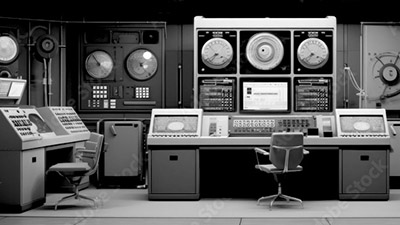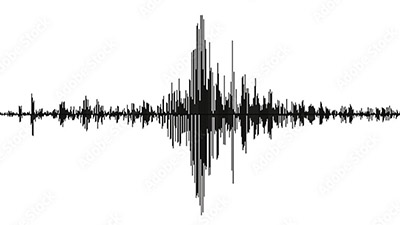
Big Iron
Early mainframes were huge amalgamations of mechanical and electronic parts.
Mainframes were expensive, demanding, noisy, large, heavy, and primitive. They created their own environments and their own set of demands. By the time I was a college sophomore I had been exposed to three: one was essentially all electro-mechanical. The second ran on vacuum tubes. The third was one of the first all-transistor computers.
Big Iron
Noise
Computer environments in the 1950s and 1960s were noisy.
Today the loudest components of a computer system are the keyboard and the occasional whir of a laser or ink jet printer. In the 1950s and 1960s, printers were percussive. Card readers, card sorters, and especially card punches were all mechanical and noisy.
Noise
Manuals
Early computers came with their own library.
There were manuals about how to operate and manage it. There were manuals on the operating system. There was at least one manual about each programming language that came with it: machine language, assembler, COBOL, FORTRAN, and perhaps others). There were manuals about the operation of the peripherals: tape drives, printers, card readers, card punches, etc. Even the first personal computers came with several manuals.
Manuals